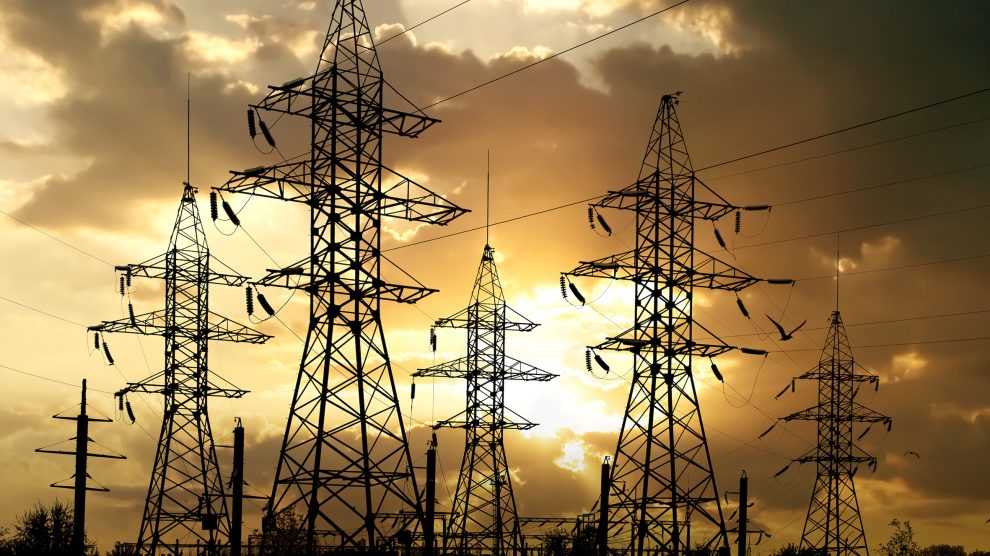In the drive towards a carbon-neutral economy, energy storage plays a vital role. By facilitating the integration of renewable energy sources and shifting energy supply to the times when it is most needed, energy storage weakens the grip of gas and other fossil fuel plants on the energy system.
While all CEE countries are taking steps to develop energy storage infrastructure, Poland is currently leading the way in the region, with a strategy and policies that adhere to the EU’s REPowerEU plan. But what does energy storage mean in practice, and how do such vast investments generate revenue?
Recently adopted amendments to the Polish Energy Law also emphasise the importance of energy storage facilities and related flexibility services for the power system. The new laws imply that storage and flexibility can be important additions to power grid development, stabilising the operation of the grid during stress periods.
Energy storage offers four potential revenue streams: the wholesale electricity market, the capacity market, the balancing market, and ancillary and flexibility services.
The wholesale electricity market
Market participants buying or selling electricity, such as electricity producers, traders, final customers and energy storage operators, are free to access the wholesale power market, the Polish Power Exchange (PPE).
Market participants can join the PPE as members, through brokerage houses, and indirectly through “route-to-market” agreements concluded with electricity traders. Participants are free to enter into bilateral agreements with trading companies and link prices to PPE spot quotations.
As in other European markets, the electricity price structure in Poland has changed in recent years. The sudden growth in the total installed capacity of renewable energy installations has begun to change the daily price patterns on the PPE.
Significant price differences occur between midday hours, when PV plants reach peak production, and evening hours, when there is an increase in household consumption, especially during the summer. This creates opportunities for energy storage facility operators, who will be able to sell power on the PPE for the highest price possible.
The capacity market
Energy storage facilities can also participate in the capacity market after first winning a centrally managed auction. The essence of the capacity market is that the participants (capacity providers) are remunerated for meeting the capacity obligations of being on standby to supply specified electrical capacity to the grid and supplying specified electricity to the grid during recall (stress) periods.
In practice, this means that a capacity provider must inject a certain amount of electricity into the grid at specific times announced by the Polish system operator.
Recall periods are announced when the surplus capacity available in the National Power System is lower than the value required by law. At all other times, the capacity provider simply continues to be on standby to supply capacity/electricity to the grid.
The balancing market
The Polish Balancing Market structure will soon undergo major changes. A new version of the Balancing Market Rules (BMR) was drafted by the Polish system operator in February 2023.
Following public consultation, the new BMR were submitted in mid-2023 for approval by the president of the Energy Regulatory Authority (ERA). The president of the ERA partially approved the new BMR, which will enter into force on June 14, 2024. The changes on the Balancing Market are far-reaching and significant, including a thorough restructuring of the concept of market participants, as well as scheduling and settlement processes.
Balancing services
The new BMR introduces a catalogue of balancing services that service operators can source from balancing service providers, consisting of balancing energy, and balancing capacity, in the following form:
- frequency maintenance reserve, up and down;
- frequency restoration reserve with automatic activation upwards and downwards;
- frequency restoration reserve with direct type non-automatic activation upwards and downwards, and
- replacement reserve upwards and downwards.
The balancing capacities will be procured and settled by the service operators on a competitive basis, according to the rules set out in the new BMR. There will be a separate procurement of upward and downward balancing capacity.
The new BMR also state that to provide balancing services, newly introduced scheduling units must successfully pass qualification tests.
Ancillary and flexibility services
Ancillary services are those that the Polish system operator may procure in addition to those included in balancing capacities. These services are regulated in the Transmission Grid Code (TGC) and include participating in the automatic regulation of voltage and reactive power, providing an intervention supply of active power and intervention bid reduction of power consumption by customers, and a system-imposed generation service, also referred to as the availability of generation units.
Flexibility services are those that the Polish system operator is responsible for procuring and ensuring effective participation of all eligible aggregators and system users, including those offering energy from renewable sources or conducting activity in demand response or energy storage.
These services include flexibility services from an aggregator or system users who are active customers, generators, or operators of electricity storage facilities, to ensure security and increase the efficiency of the development of the distribution system, and non-frequency ancillary services, which, among others, are used for steady-state voltage control, fast reactive current injection and reactive power regulation, and provision of inertia to maintain local grid stability.
The system operator will procure ancillary and flexibility services on the basis of transparent and non-discriminatory market procedures.
This content has been produced in collaboration with a partner organisation through our Global Visibility Programme. Our programme helps companies boost their digital presence and strengthen the thought leadership of their experts. Find out more here.


Add Comment